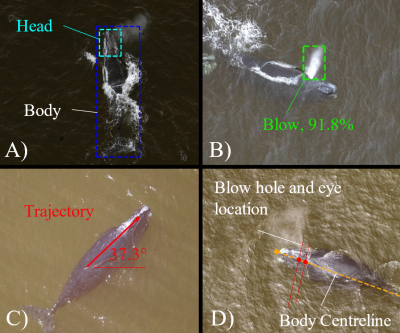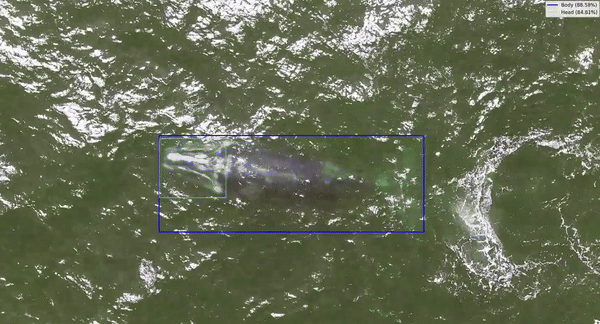The Government of Canada’s Oceans Protection Plan aims to restore and monitor Canada’s marine wildlife including our threatened or endangered whale species. Funded by Kenneth M. Molson foundation we proposed the Gesundheit project to develop a minimally invasive aerial autonomous drone. The drone will safely collect biological samples from whales blows—the excrement ejected as the whale surfaces and exhales. Since a blow sample is analogous to a human throat/nasal swab, samples provide a wealth of information regarding a whale’s health, hormones, sex, and microorganisms. The long-term outcome of the project will help scientists monitor the health of our endangered whale populations.
We received additional funding from the Kenneth M. Molson foundation to support a 4th year capstone project. The project is to upgrade and further develop Whale Achoo our whale blow simulator. Additionally, project will perform measurements with a commercial drone to improve the Gesundheit drone.
The image below provides a conceptual schematic of the collection process; starting at the lefthand side, Gesundheit acquires a target via onboard sensors and lowers to a safe standoff distance > 5m to track the whale or surrogate. During tracking, Gesundheit utilizes a neural network object recognition to identify the whale. Gesundheit will continually optimize a descent path to collect a biological sample and at an opportune whale blow. For lab development Whale Achoo will be used.


Results:
In the figure below (A) showcases our neural network’s ability to identification of the whale body and the whale head. Area (B) highlights the confidence which we have identified a whale’s blow. Area (C) showcases our ability to use the identified information to estimating the trajectory of the whale. While (D) show’s an estimate of the midline of the whale and the approximate location of the eyes and blow hole. The system is doing well to identify the whale’s head, body and blow, while identifying the key features algorithmically, blow hole and eyes, is very challenging and the is work is ongoing.

Here’s a short, compressed gif to demonstrate our neural network in action. The data is curtesy of Andrew Wright / Team Whale, DFO Maritimes and Liam Olders Aerial & DFO Maritimes.

Whale Achoo Capstone:
The design and construction of a remote operated Whale Achoo will take ~4 months. A Gesundheit team member and drone pilot will assist the team and be the liaison between the two projects. Capstone students will be actively working towards their Advanced Remotely Piloted Aircraft System (RPAS) license. So, with the RPAS the students can pilot a drone to capture videos, stills, and measurements from Whale Achoo. They will investigate the misting blow tracking problem and the complex interaction blow and the stability of the drone. The team will conduct tests with our traditional and thermal cameras to verify that the blows emulate a whale. We will test Whale Achoo and the drone systems at an approved flight zone. The students will gain unique flight experiences by flying near hazardous objects. The team will also attempt manual flights through a whale blow to help the Gesundheit team path planning.
Working in subgroups, major tasks of the BASc students will be to quantify and design solutions for:
Disturbance rejection
If a drone gets too close to the whale blow system the drone could become unstable and thus corrective actions are required. To address the risk, students would first acquire test data and measurements using Whale Achoo, the commercial drone and land-based vision recordings of the drone’s interaction with a powerful whale blow. Using classical rejection techniques as a starting point students to learn and implement their method of choice. Testing their methods will be done using the MATLAB and Simulink UAV toolbox and hardware-in-the-loop.
Blow tracking
Once the blow is airborne the droplets disperse into a mist and this mist needs to be tracked using Gesundheit’s onboard sensors. The students can use Gesundheit’s vision and IR camera to quantify the dispersion rate and wind patterns to determine an optimal blow capture flight paths.
State Machine Logic for Flight Controls
Using the collected data from the Whale Achoo the capstone team can work with the Gesundheit team to improve Gesundheit’s decision-making logic.
Joining and Learning More
If you want to learn more, please contact us!